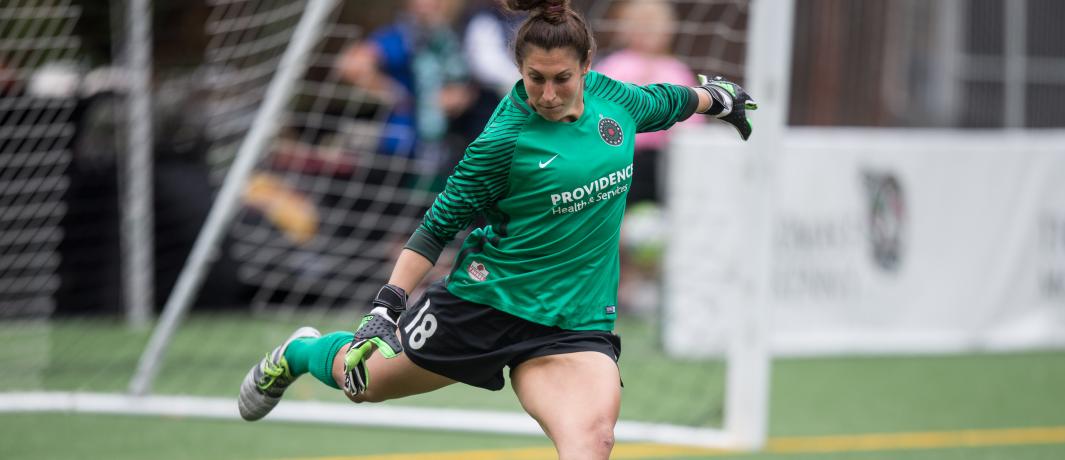
Yes, the Portland Thorns fell disastrously short of expectations in 2024. Yes, ownership now faces mounting pressure as they are tasked with reshaping the entire coaching staff and front office before the next season kicks off.
But let’s set that aside for now. Title hopes weren’t the only thing that said its final goodbyes in New Jersey earlier this month.
The Thorns weren’t the world-renowned powerhouse in 2013 that they are now. They didn’t have much history at all, actually. They were one of eight expansion franchises comprising a newly formed, cash-strapped National Women’s Soccer League, where players competed on high school fields for minimum wage. Let’s not forget many of those early clubs didn’t make it.
The Boston Breakers? Gone. FC Kansas City? Extinct. Western New York Flash? Like they never existed.
To survive, owners had to find something that got people invested. That got 9-5 workers to flock to games in the evenings. To buy merchandise. To rant about officials for hours on social media. Unlike other leagues in the American sports landscape, NWSL team revenue in those early days came from the fans rather than profits through TV deals and sponsorships. Fail to build that base, and you won’t last long.
The Thorns’ spark was Christine Sinclair. She was already an icon in the Rose City before she put on a red and black kit, breaking records as a collegiate player at the University of Portland. On top of scoring 110 goals in 94 games—numbers that feel like they were generated straight out of a video game—she took the Pilots to a national title in 2002 and claimed multiple individual accolades, including back-to-back Hermann Trophies.
She was incredible. Her presence was also a big reason why the program led the entire nation in attendance in the last year she was there. When she walked up to NWSL commissioner Cheryl Bailey and told the league she would only play for the professional team representing the city that had cheered her on throughout her college career, she helped secure the supporter-driven momentum to form the foundation of the Thorns’ future success.
Before long, Sinclair’s Canadian national team colleague, Karina LeBlanc, plus outstanding talents Alex Morgan, Tobin Heath, and Rachel Van Hollebeke, joined the fold. Then the first championship came, and the rest is history. The Thorns became the model franchise of North American women’s soccer on the field, and the fact that they led the NWSL in attendance for the first eight years of their existence highlighted their stature off the pitch, too. It all started with Sinc.
And, of course, the highlight reel was nothing short of electrifying. Her 65 league goals lit up screens with their precision and power. The ability to time her runs with a strong work rate and good vision enabled her to create chances for herself and her teammates. Scoring on her final game at Providence Park was also a fitting farewell to her legacy.
That leaves just one question: what if Sinclair hadn’t insisted on continuing to play in Portland? Would the Thorns have been able to build the kind of passionate, loyal support that carried them through those early seasons? Would they have even survived at all? One thing is for sure: Watching a Thorns team play without its number 12 on the field will feel weird to many long-time followers.
Thank you, Sinc, for helping build what Soccer City, USA, is today from the ground up. It damn sure would’ve been hard to pull off without your help.



